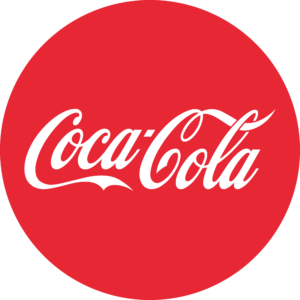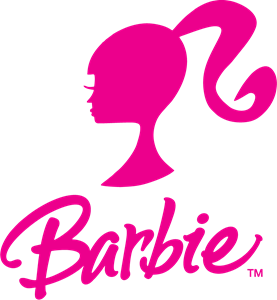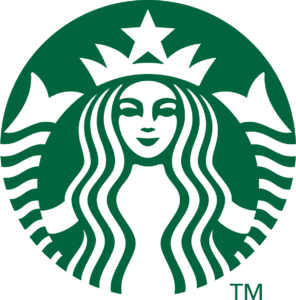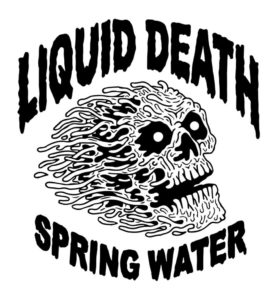Trademarks are integral to the fabric of modern commerce and consumer culture.
They are considered the shortest, fastest, and most ubiquitous forms of communication available due to their unique ability to convey complex ideas, emotions, and information instantly and universally.
Trademarks are powerful communication tools because they convey extensive information instantly through simple visuals or phrases.
Their ability to be recognized and understood quickly makes them the shortest and fastest means of communication.
Their widespread presence across various platforms and media makes them ubiquitous in consumers’ lives.

Coca-Cola is one of the most famous trademarks in the world. The company was founded in 1886, and its distinctive red and white logo has been used since 1887. The company sells over 1 billion bottles of Coca-Cola daily, and the brand is worth an estimated $74 billion.

Nike is a global leader in athletic apparel and footwear. The company was founded in 1964, and the Nike Swoosh logo was introduced in 1971. Nike generates billions of dollars in revenue annually, and its products are worn by some of the world’s most famous athletes.

McDonald’s is one of the most recognizable brands in the world. The company was founded in 1940, and its golden arches logo was introduced in 1962. McDonald’s is the largest fast-food chain in the world, with over 36,000 restaurants in more than 100 countries.

Mercedes-Benz is a German luxury automaker that was founded in 1926. The three-pointed star logo has been used since 1909 and is recognized worldwide as a symbol of quality and luxury. Mercedes-Benz vehicles are renowned for their engineering excellence and are some of the most sought-after cars on the market.

Apple is one of the most valuable companies in the world, with a market capitalization of over $1 trillion. The company was founded in 1976, and the iconic bitten apple logo was introduced in 1977. Apple makes some of the world’s most popular consumer electronics products, including the iPhone, iPad, and Mac computer lineups.

Rolex is a Swiss luxury watchmaker founded in 1905. The company’s name is derived from its founders, Hans Wilsdorf and Alfred Davis, and Rolex watches are widely regarded as some of the finest timepieces in the world. They are known for their precision engineering and elegant design, and they are often given as gifts to mark special occasions such as graduations or retirements.

Barbie is one of the most popular dolls in the world. The doll was first introduced by Mattel in 1959 and has since become a cultural icon. The Barbie logo is one of the most recognizable logos in the world and features a pink cursive script.

Starbucks is a coffeehouse chain that was founded in 1971. The company operates over 23,000 stores in 70 countries and employs over 191,000 people. Starbucks is the largest coffeehouse chain in the world, and its green mermaid logo is one of the most recognizable logos in the world.

Porsche is a German automobile manufacturer founded in 1931. The company produces sports cars, SUVs, and sedans. Porsche’s logo features a horse inside a shield with antlers representing speed and power.
For businesses, effectively leveraging trademarks can lead to more robust brand recognition, customer loyalty, and a significant competitive edge in the marketplace.
By distilling a brand’s identity into a concise and memorable form, trademarks bridge the gap between companies and consumers, facilitating immediate and meaningful connections that drive commerce and shape consumer behavior.







